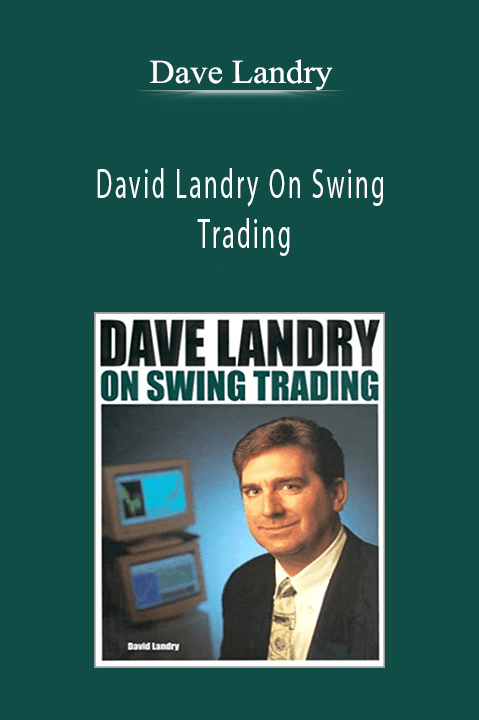This trading will help you come to grips with reading and interpreting charts.
Coverage includes…
Why Use Charts?
The Components
Line Charts
Open High Low Close Charts
Candlestick Charts
Reading Sentiment
Expanding Trading Ranges
Inside and Outside Days
Border Days
Trends (short medium long term)
Short Term Trend Reversals The Key Reversal
Support and Resistance
Trend Lines
Fanning Trend Lines
Phases
Cycles and Trends
Chart Patterns
Pennants
Rectangles
Double Top
Double Bottom
Head and Shoulders
The Wedge
The following demonstrates the presentation format and content…
Andrew Baxter: “The trading range is defined as the distance between the high and the low for that particular trading session.
In our schematic on the left, what we can see is that our trading range is widening, as it is on the right hand side also. Here we would be looking at positive closes, and expanding trading range which is likely to see a continuation of our trend.
Similarly, on the far side, a negative closes and expanding trading range we are likely to see our trend continue. Both of these patterns suggest that there is an increase in momentum in the underlying direction, and that is reflected by the fact that our trading range is growing. We opened here and we have closed up here.
The previous day we opened here and closed at this level. So we can see that the acceleration or momentum is increasing through that widening trading range.”
Andrew Baxter: “In contrast, we can see the opposite when we get a contracting trading range. We still may have positive closed, but the contracting trading range may be showing that the trend is about to reverse.
Likewise with our negative closes on the far side, together with the contracting trading range, we may be seeing the trend about to reverse there.
Both of these patterns are showing that the underlying trends may be running out off puff and therefore likely to reverse.”













12 reviews for Reading & Understanding Charts – Andrew Baxter
There are no reviews yet.